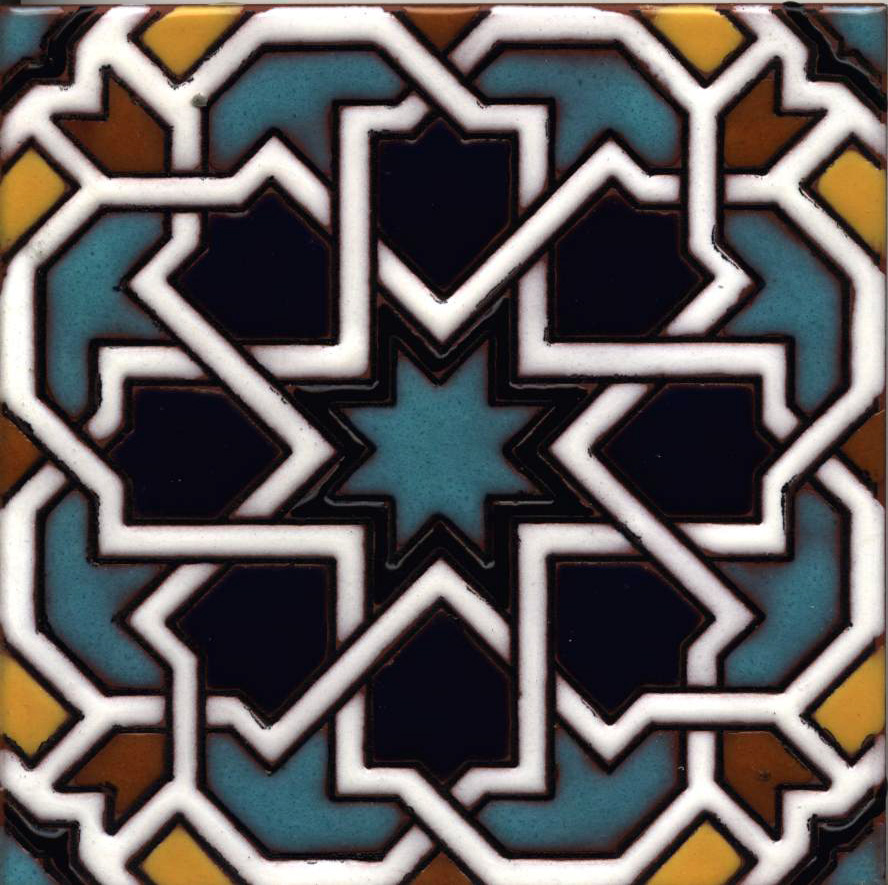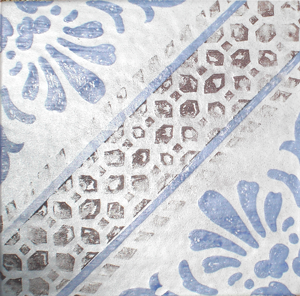5 Best Backsplash Ideas
Backsplashes are an easy and cost-effective way to decorate a niche.
Are you looking for ways to fill a niche around your garden or in your house? Somewhere you can contemplate the beauty of tiles incorporated into your personal environment, enhancing your style. With little ingenuity and planning, you can make it simple and cost-effective or detailed and elaborate.
Start with the space and then figure out your color scheme. Telling a story with color is a great way to add harmony to your surrounding.
Tile backsplashes are great for kitchens, in the bathrooms either in the shower or bathtub walls, outdoors in a barbeque area, pool area, or free-standing fountain, and a space – like a fireplace – around your outdoor kitchen – would be nice to be set on a wall indoors or outdoors. One of the most luxurious ways to show off your backsplash is as a carpet for your outdoor patio. This is another traditional way of showing off your decorative tiles as seen in the Adamsons House, and other traditionally styled Spanish homes.
As you look at some of the backsplash ideas presented you might be inspired to come up with the perfect decoration for your home or office space.
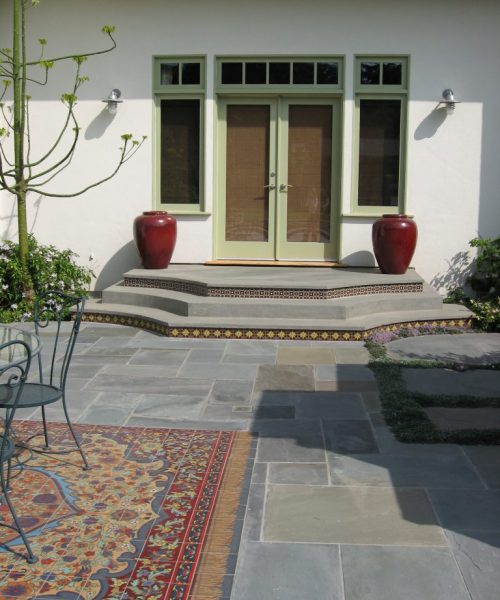

1. Reproductions ~ Peacock Mural
One of our most popular used as a backsplash is small and easy to fit into any niche. But you can also go big, really big, with spillways, add water, and make it into a fountain. There are murals that are reproductions from the tile cultures of California in the 20s and 30s, sometimes referred to as Malibu Tiles or even Spanish Tiles as their influence comes from Spain and North Africa tile art – a lot of which are from that era. They are specific styles and can be re-interpreted into more modern patterns of traditional.
2. Custom Murals
Create your own custom mural for your space and tell your design story your way. Your colors, your space, your idea!
Here we are talking about a blank space, this idea may be more suited to those who have a strong sense of design and can build an idea either from a clipping or any small design, or be able to draw out the design itself. You can also give us your idea, we can draw it out and help it come to life. When budget is not necessarily an issue this is a great option and will give you the exclusivity and style you may desire.


3. Build a Mural Using Growth Tiles
Growth tiles are like the old Moroccan tiles that continue to expand and compound on the design as you add on pieces.
These can create interesting patterns that can be customized to suit your space.
Adding a border and other details can help you create the perfect story.
There are many designs to pick from, or you can bring your own.
You can then color the tile according to your color scheme, with one tile to color this is both cost-effective and easier to coordinate.
This way very easily you can also add some dimension to the backsplash by adding a custom border.
4. Create your Own Pattern and Design
These can be made to fit within your area, and the tiles can be cut to the exact shape needed.

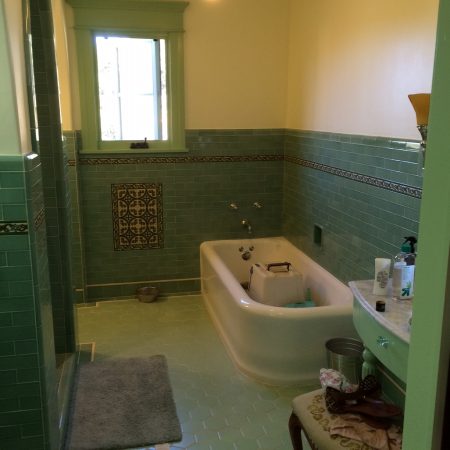
5. Small and Simple
Growth tiles are like the old Moroccan tiles that continue to expand and compound on the design as you add on pieces.
These can create interesting patterns that can be customized to suit your space.
Adding a border and other details can help you create the perfect story.
There are many designs to pick from, or you can bring your own.
You can then color the tile according to your color scheme, with one tile to color this is both cost-effective and easier to coordinate.
This way very easily you can also add some dimension to the backsplash by adding a custom border.
(Ask us about our over-run tiles or seconds we have on hand for further savings)


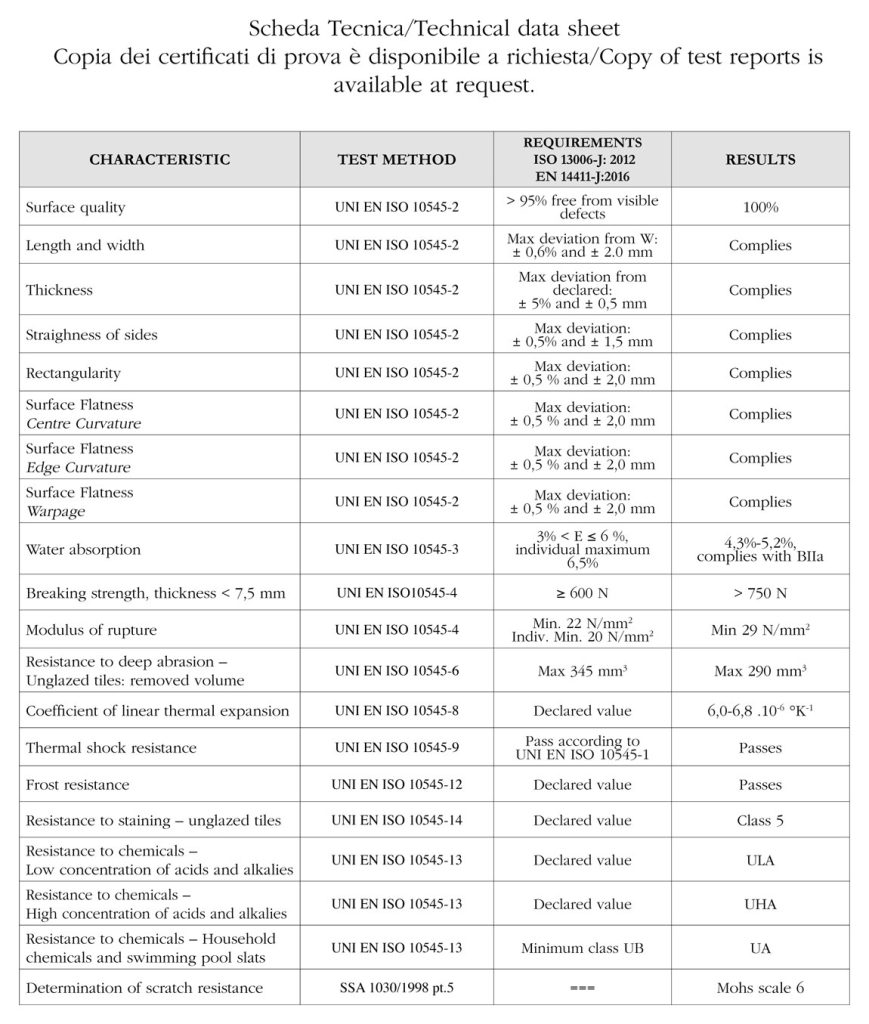
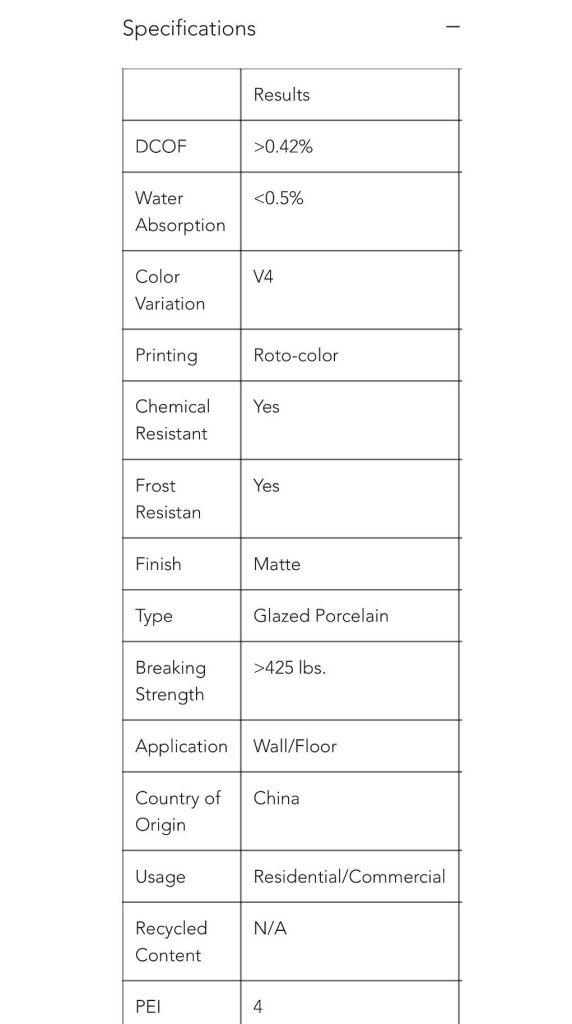
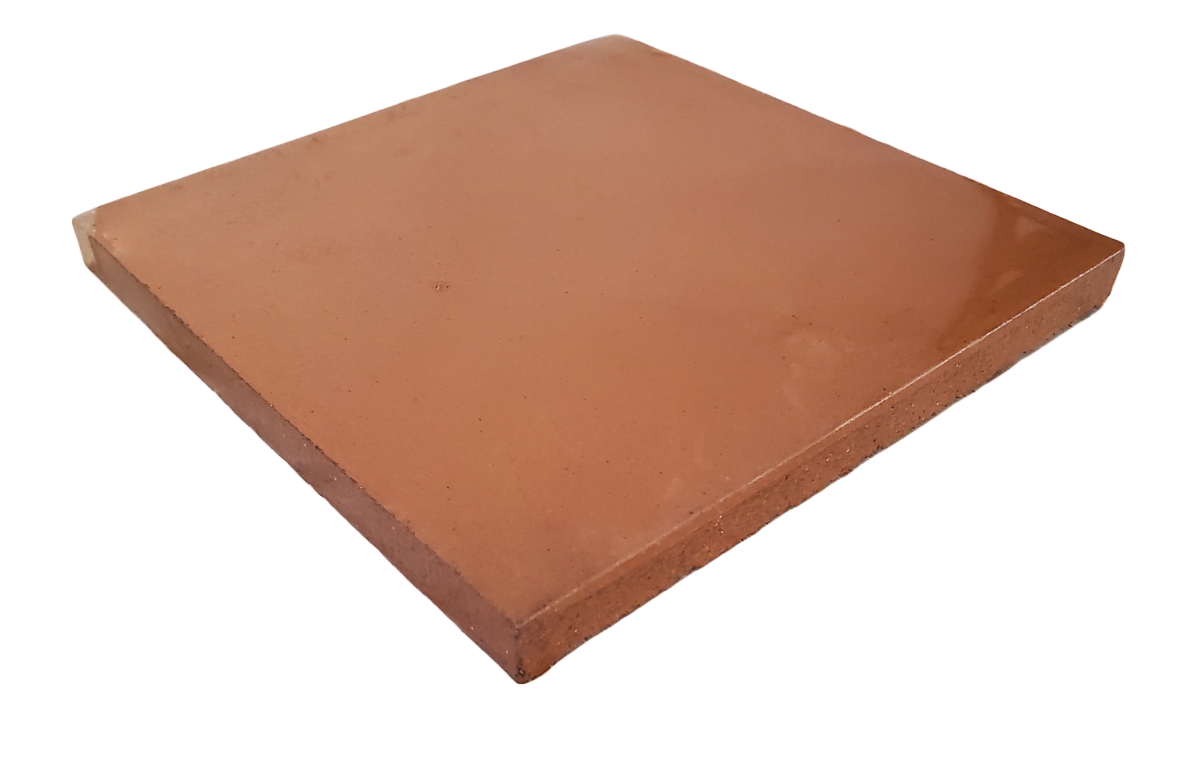
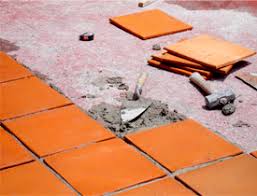



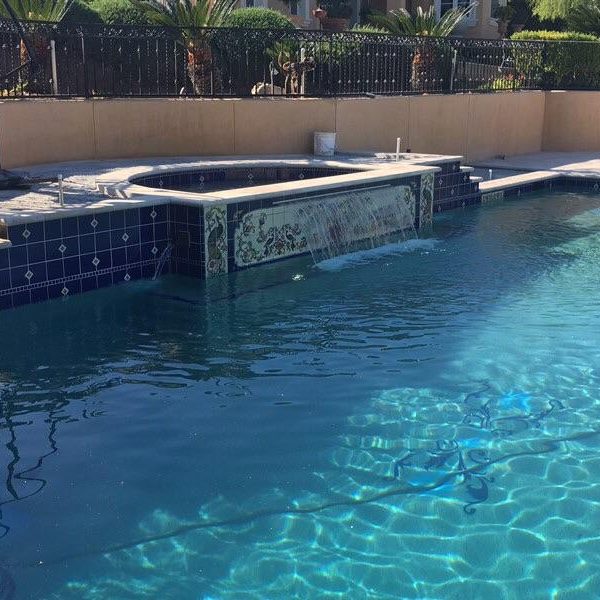
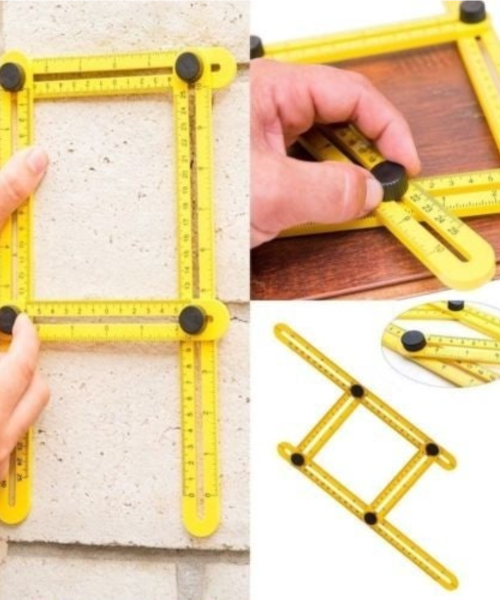
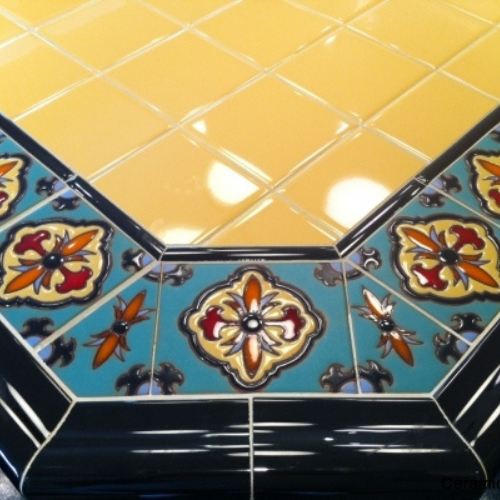
 1. Surfaces
1. Surfaces